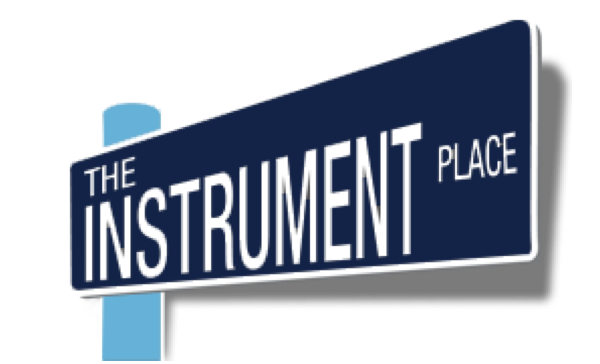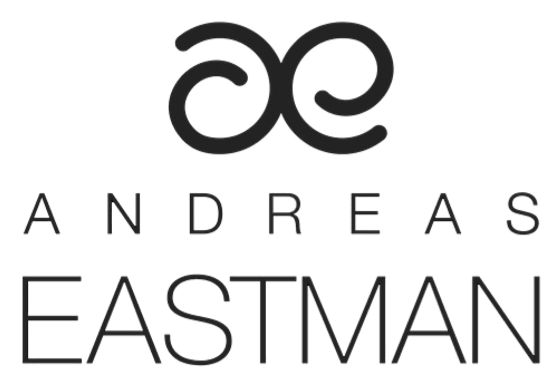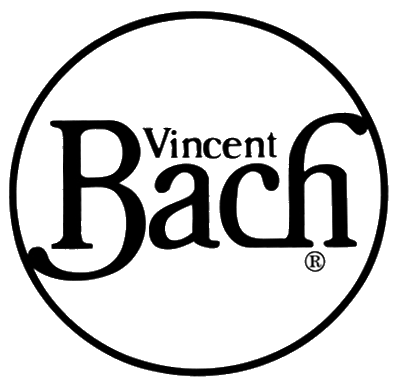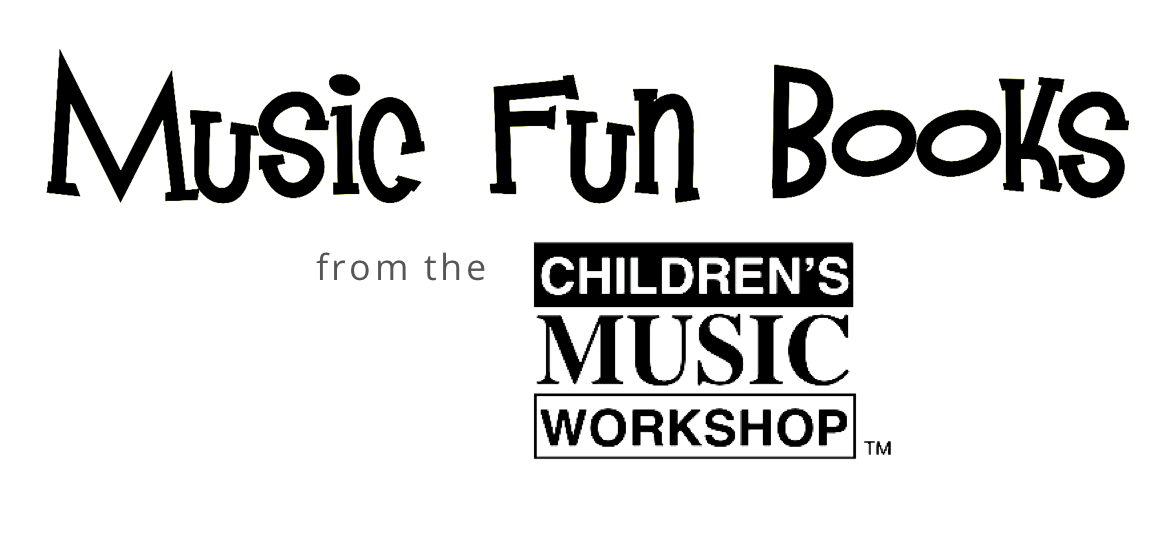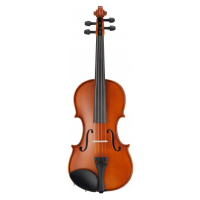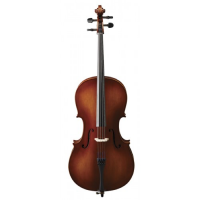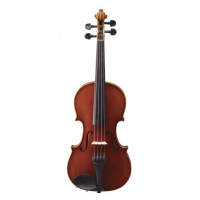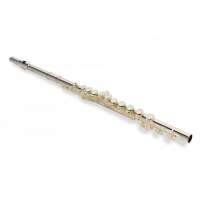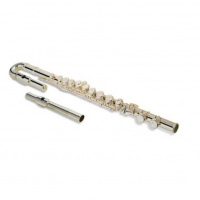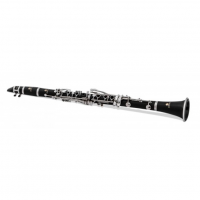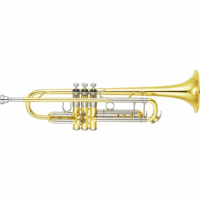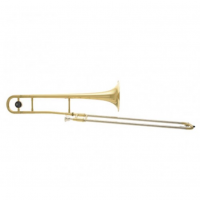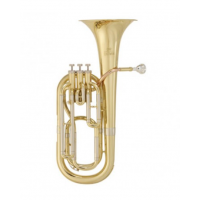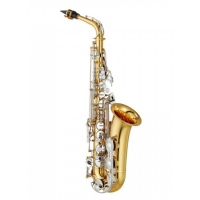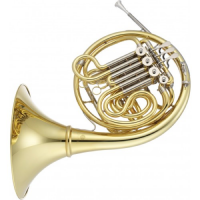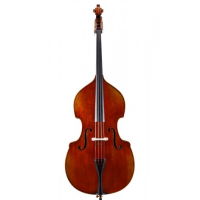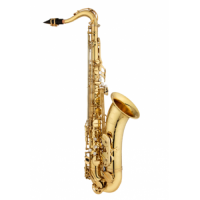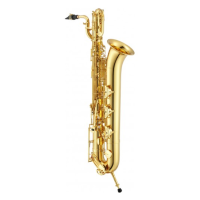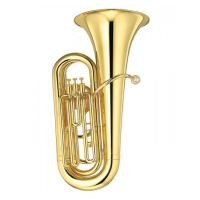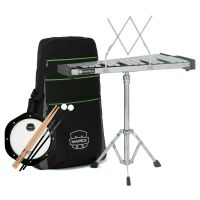How to Buy a Violin
After a young violinist has at least a year of experience, buying an instrument is often the best choice, financially and in sense of ownership. Your student has demonstrated her commitment and is ready to maintain and practice on her very own instrument. Since purchasing a violin is a bigger investment than renting, it’s important to make sure you’ve carefully compared retailers’ inventory, prices, financing options, setup and equipment options prior to buying.
There are a number of inferior instruments on the marketplace today that simply do not meet music program standards of performance for tone, technique, intonation, or reliability. Some of these violins are old and in need of retirement, but several new instrument brands fail in key areas as well. There is a difference in expectation between an instrument whose low price is obviously due to its age as opposed to a new “inexpensive” instrument. Most parents understand the risks they take with the former, but not with the latter. Vendors of these low-budget instruments are concerned with making a profit rather than supporting a quality music education. Music teachers frequently express concerns about the effects low-quality instruments have on students’ playing ability and confidence, and are justifiably concerned about the quality of each student’s instrument insofar as each one affects the sound of the ensemble. Many parents will make only one investment in an instrument, so choosing a quality violin is extremely important for many reasons.
Considerations for Purchasing a Violin Online
If you opt to buy your child’s instrument from an online retailer, find out if they have a trade-in and return policy for items purchased from them. If down the line your child changes his mind about playing violin, or is interested in a different model, good providers will offer a percentage of the original cost for a trade-in. Even if your child sticks with the violin, you may need to trade in one instrument for another because he needs a new size--a good vendor will always refund a percentage that makes buying preferable to renting after the first year.
Remember that you get what you pay for online, and you should carefully evaluate brand reputation, customer reviews, and return policies before purchasing the least expensive instrument. Low prices often correlate to low quality material and/or improper setup. A cheap instrument will likely have to undergo an additional setup process that can cost hundreds of dollars just to get the instrument in playing condition.
Which Violin Should I Choose?
Choosing a violin is a subjective process, but there are certain qualities any instrument you purchase simply must have. The violin must be the right size for your child and come with high-quality strings, protective case, and bow. When searching for a violin in a store or online, look for one that offers all the accessories you need as well, especially if they’re included in the cost of the overall instrument purchase. The most important areas to consider:
- Materials and method of construction. You won’t necessarily be able to tell this just by looking, which is where going with a trusted brand comes in. The maple or spruce used to make your instrument should be aged and air dried, and carved by hand rather than machine. Many poor-quality violins have been made with “green,” or premature, wood that is dried in a kiln and arched using moisture. Instruments should also have been varnished by hand, as thick varnish applied by machine may negatively affect resonation. Look only for instruments with ebony components: fingerboard, pegs, nut and saddle should all be made from high-grade ebony. Check for cracks and imperfections, which manifest as white or inconsistent grain. Beware of components that are described as “ebonized”--this indicates inferior hardwood that has been dyed to resemble ebony.
- False Advertisement. Many instrument descriptions include all the characteristics you’ve been taught to look for: “Solid spruce top, solid maple back, sides and neck, ebony fingerboard and pegs, hand-inlaid purling, Brazilwood or fiberglass bow with genuine horsehair...” Unfortunately, especially online, false advertising abounds. Often the components are inferior to their description. Even when the description is technically true, the materials may be of poor quality. Never buy a new violin under $250--if it sounds too good to be true, it is probably an “instrument-shaped object” rather than a quality violin. Some instruments in this category are so poorly made that teachers will not allow them in class.
- Investment over time. While it may initially be more expensive to purchase a violin that has been made by hand using quality materials and set up properly by an expert, over time you’ll save substantially when you don’t have to constantly repair and replace parts. If your child is committed to the instrument, consider making a larger initial investment that you’ll recoup in the coming years.
How Much Should a Violin Cost?
With violins as with all else, you get what you pay for. A violin that costs less than $250 is unlikely to deliver good sound or hold up after time. You may find yourself having to replace components and fittings, which will cancel out the low initial cost of the instrument. For a fully carved student violin with a quality horsehair bow and protective case, begin your search in the $300–$400 range.
Rent-to-Own or Lease-to-Own Option
Installment plans are an excellent option if you’re ready to make the commitment of buying an instrument but can benefit from deferred payments. This way, you get the freedom to pay over time, with the ultimate reward of owning the instrument. If you choose a rent-to-own or lease-to-own option, however, it’s important to check the fine print to make sure there are no hidden fees, and you should investigate the cancellation policy as well. Never sign up for a plan that traps you into payments if your child loses interest in playing an instrument. Look also for retailers who offer affordable damage protection during the installment term.
At The Instrument Place, we have an unmatched Lease-to-own program. Besides a one-time origination fee that is explained and charged upfront, we NEVER charge interest or additional fees. We do not inflate our regular price or charge any interest throughout the installment term. This plan gives you the freedom to pay over time and, after completing all of the payments, you own the instrument. All our instruments are brand new at the beginning of your lease-to-own period and you have the additional option of paying for damage protection during the installment term.
Full Setup and Equipment
When comparing retailers, you’re sure to discover a large amount of variation in the set-up, maintenance, and equipment included in your purchase. Your vendor should always offer quality and consistency. Some things to look out for:
- Setup is key. The setup is perhaps the most important thing to consider when looking at a student-level instrument. A poorly set-up instrument can inhibit the student from learning technique and ultimately turn him off from the instrument altogether.
- All strings are not created equal. The caliber and adjustment of a violin’s strings makes a huge difference in sound and feel. Look for new, brand-name strings (e.g. Prelude, Dominant, Helicore) and maple bridges (e.g. Bausch, Despiau, Aubert). Check also for a quality tailpiece with four working tuners (e.g. Wittner). Unpropped or cheap bridges are unacceptable. The nut and bridge should be cut and set to a height that enables comfortable playing, as strings that are set too high may hurt your child’s fingers. Make sure also that the soundpost has been adjusted properly.
- Know your bow. The description “Brazilwood bow with genuine horsehair” may sound impressive, but inexpensive Brazilwood bows are often warped or very weak, and in fact all bows today use genuine horsehair. Look instead for a high-quality fiberglass or carbon fiber bow (e.g. K Holtz or Glasser), or for more advanced players, a Pernambuco wood bow. Any bow your child uses should be easy to tighten and loosen.
- Test the tailpiece. The tailpiece of a violin affects its sound greatly. Make sure the tailpiece has been installed so that it doesn’t create a buzzing sound when played.
- Protection is paramount. Protective cases are extremely important to the health of your child’s violin; before purchasing a violin, examine the case to make sure that all zippers and latches fasten securely.
- Brand matters. When buying stringed instruments, it’s always best to go with an instrument brand that is a known quantity. Although you may spend more in the outset, a quality brand-name instrument will save you countless maintenance, repair, and replacement costs over time. Look for brands that hand-carve each instrument individually and use materials of excellent quality in grade and preparation.
Sizing Expertise
When selecting a violin for your child, size is extremely important. The instrument needs to feel comfortable and should not cause strain in the arm or neck. If your child feels at ease with his instrument, he will be much more likely to enjoy playing and want to stick with it. Parents often make the mistake of assuming that size corresponds to skill level, a dangerous misconception. Bringing home a full-size violin before he has grown into it can result in injuries including muscle strain and tendonitis. We recommend staying with a smaller-sized instrument until your teacher says your child is ready to move up. If your child is matched with an instrument that is less than full size, you may want to consider renting until he grows into a full-size model. Make sure that the retailer you choose has a comprehensive sizing chart that takes into account age, grade level, arm length, and any other significant factors.
Recommended Violin Accessories for Beginners
When buying a violin, look for a store that offers all the accessories your child will need in order to best use and maintain it. In addition to the case, bow, and rosin cake that should come with every purchase, you’ll need a shoulder rest and music stand. You may also want to consider buying a maintenance or care kit, which provides additional cleaning materials and practice aides. Some vendors will include some of these items as part of a violin outfit when you purchase the instrument, whereas others will charge extra.
The Instrument Place instrument outfits come equipped with everything needed to get started in class, plus a free music stand with every instrument purchase!
At The Instrument Place, our goal is to get an instrument in the hands of every person who wishes to play, without it being a financial burden. We believe you should never have to feel trapped making payments or that you are wasting money on an instrument you no longer wish to rent or purchase for your child. If you are still not sure whether or not you should buy or rent a violin, or you still have questions, feel free to give us a call at (800) 789-2707. Our friendly team of professionals are here to answer your questions and help you find the best violin for your child’s needs and your budget.
Looking to buy or rent a different instrument? Get valuable advice before deciding to rent or buy.
